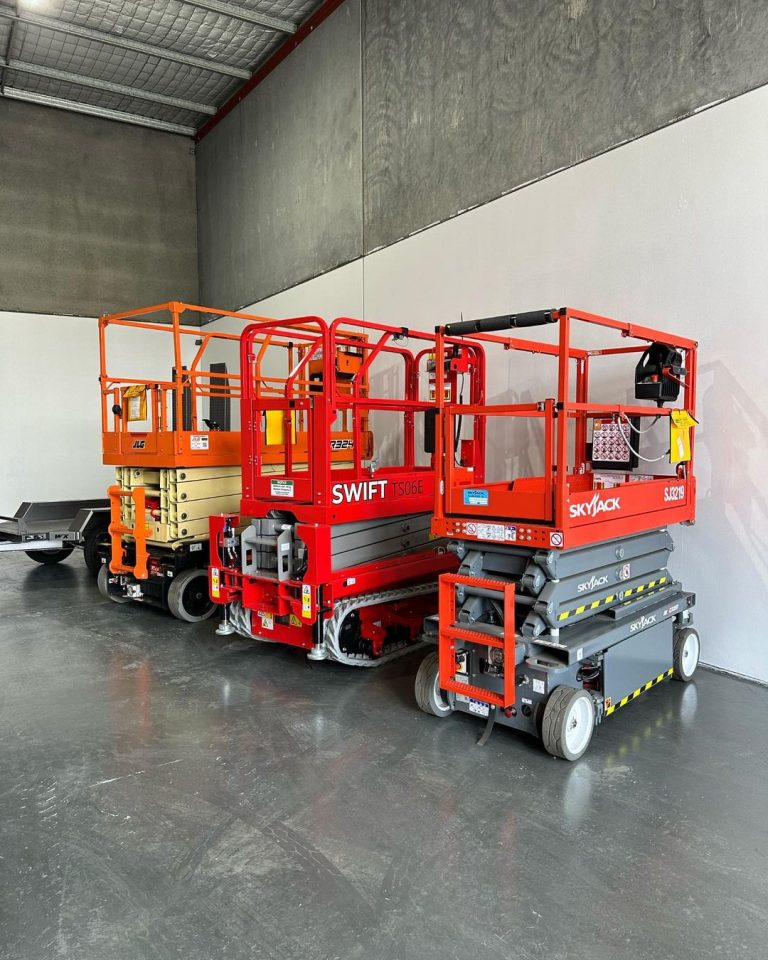Struggling to sleep after a long day or finding it hard to get up for work? Feeling like your work lacks purpose, experiencing low moods, or losing interest in what you do? These could be signs of burnout.
While some level of work-related stress is common, burnout is more severe and chronic. According to Alex Kingsmill, Life and Career Coach at Upstairs Coaching, burnout leaves you physically and mentally exhausted, questioning your work and capabilities. It’s prevalent, with 65% of Australians reporting burnout in the past year.
During times of change or increased demands, the risk of burnout rises. Recognising burnout is crucial. Here’s how to identify it and navigate through:
Signs of Burnout
People experiencing burnout may encounter:
- Depletion: Struggling to get to work, feeling drained, lacking energy and focus, poor sleep, and increased illness.
- Detachment: Not enjoying work, being critical and irritable, feeling pessimistic, and isolating oneself.
- Ineffectiveness: Apathy, reduced productivity, feeling overwhelmed, and lacking satisfaction.
Causes of Burnout
Common factors contributing to burnout include:
- Poor work-life balance
- Overwhelming workload
- Lack of support
- Mental health issues
- Taking on too much
- Not taking breaks
- Long working hours
Ways to Manage Burnout
Here are practical steps to address burnout effectively:
- Identify the source: Pinpoint the stressors and start with small actions to alleviate pressure.
- Seek support: Talk to a supervisor, use Employee Assistance Programs, or confide in a trusted person to ease the burden.
- Set boundaries: Learn to say no to additional demands and prioritise self-care.
- Find joy outside work: Engage in activities that bring positivity and autonomy.
- Limit screen time: Reduce digital consumption to conserve energy.
- Prioritise health: Sleep well, eat properly, and exercise regularly to boost mental and physical well-being.
Navigating burnout involves breaking down challenges into manageable steps and seeking support when needed. Remember, you’re not alone; there are resources like BeyondBlue and Head to Health offering guidance on stress and mental health.
By recognising burnout early and taking proactive steps, you can regain balance and well-being in your work and life.



